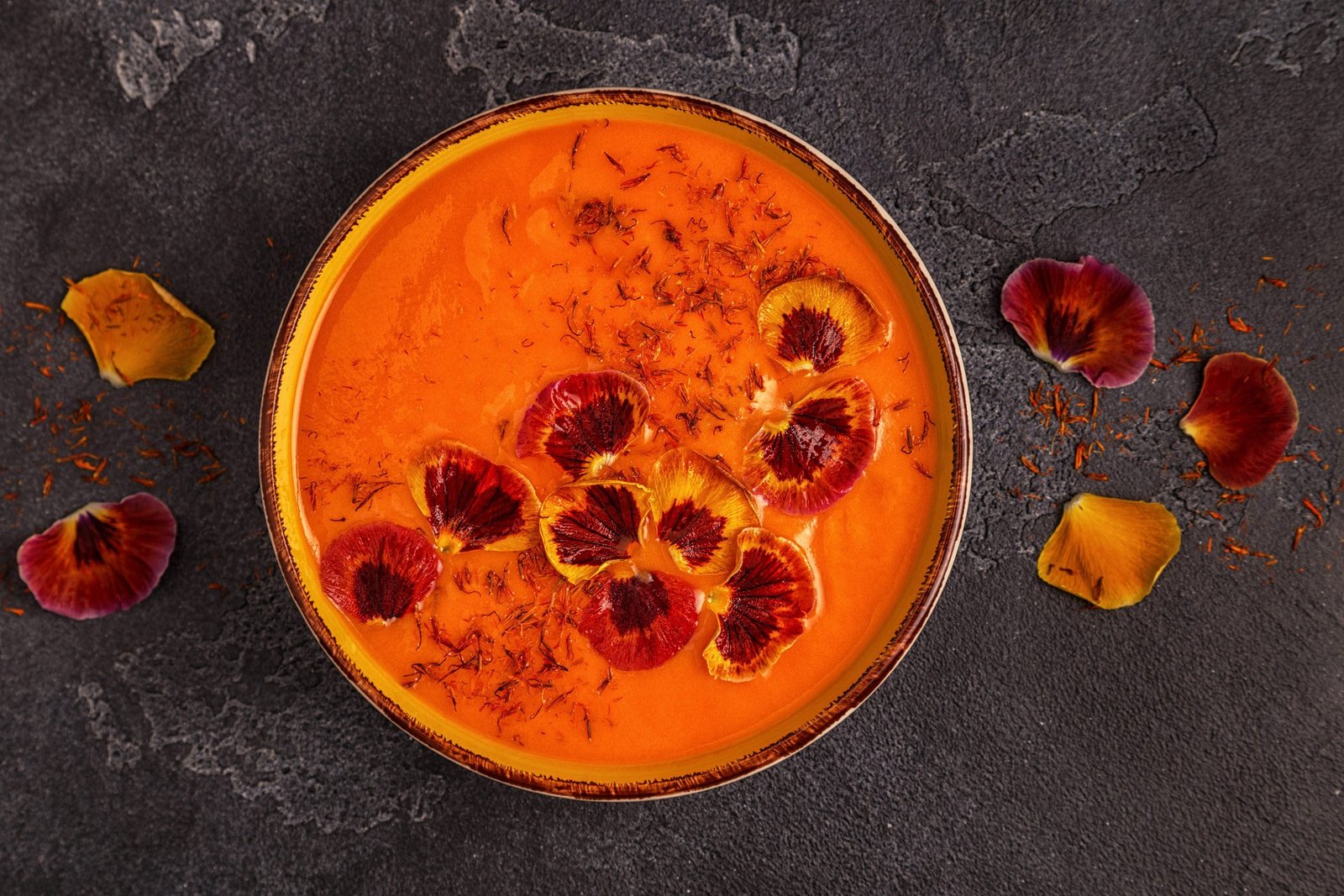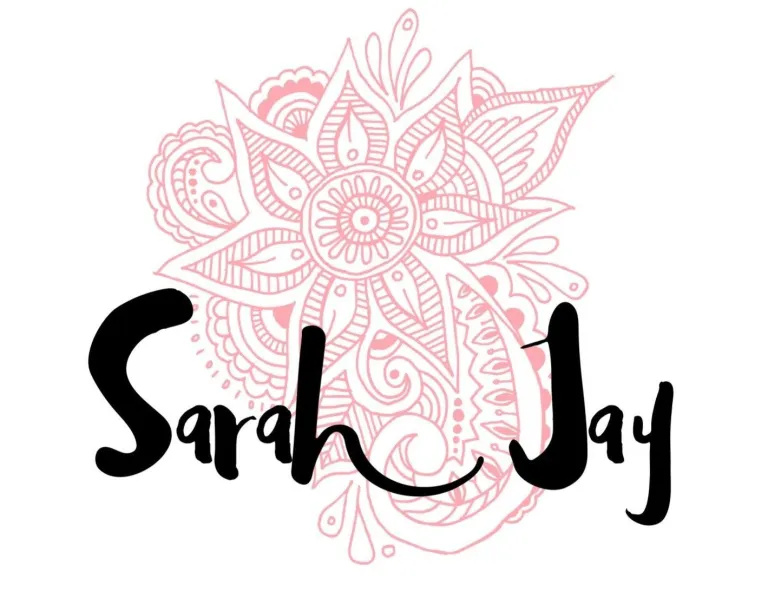
by jayjagger | Dec 6, 2021 | dairy free, Gluten Free, Mains, Nourishing Recipes, Vegan
Vegan Borscht This modern, vegan version of a traditional classic borscht is super flavourful, warming and brimming with anti-inflammatory properties. What is Borscht? Borscht! Borscht! Borscht! What’s not to like about this so very flavourful, earthy and deeply...

by jayjagger | Feb 10, 2021 | dairy free, Gluten Free, Mains, Nourishing Recipes, Turmeric, Vegan
This nourishing vegetable and lentil soup is the perfect winter-warmer: I usually make it at least once a week and it eat it for days (reheated tastes even better). This perfect winter-warmer is a winner for every dosha, simply follow the dosha adjustments below. This...

by jayjagger | Sep 25, 2020 | Breakfasts, dairy free, Gluten Free, Nourishing Recipes, Sweets
This delicious grain-free smoothie bowl is super nourishing, especially on a cold winter’s day. If fruits and smoothies are not your thing and you also don’t like ‘Porridge & Co’., try this bowl as a very healthy breakfast alternative....




